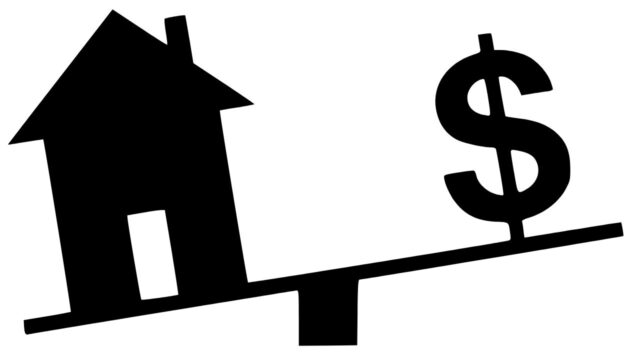
How to Choose a Wraparound Mortgage
Wraparound mortgage, also known as a “wrap,” is a type of secondary mortgage in which the seller extends a junior mortgage to the buyer. This mortgage, as its name suggests, has a lower interest rate than a superior mortgage. Nonetheless, the buyer may find it hard to afford this type of mortgage. So, it is imperative to do your homework before signing on the dotted line. Here are some tips to keep in mind while choosing a wraparound mortgage.
Term life insurance
Term life insurance is a valuable asset for a wraparound mortgage, especially when the buyer has little or no down payment. A term life policy can cover the difference between the total outstanding debt and the remaining amount in the wraparound. The details of term life insurance can be worked out in the wraparound agreement. Prudent investors would require a significant down payment. Term life insurance for a wraparound mortgage can protect the buyer and seller.
Wraparound mortgages require a second mortgage. This is a mortgage that covers the new home and the remaining balance of the old one. When you sell your old house, the lender receives the remaining payment on the new one, which may include the mortgage on the new home. The lender can foreclose on your old home if you fail to make the payments on time. However, if you are planning on taking out a second mortgage, it is best to obtain an adequate term life policy to protect yourself and your home.
Due-on-sale clause
A due-on-sale clause in a wraparound mortgage allows the lender to require full repayment if the borrower sells the collateral that secures the loan. This is often a concern for sellers, because it may prevent them from transferring the debt to another party. If this happens, the lender can foreclose on the property without the buyer’s consent. In such cases, the seller may refuse to transfer the deed and place additional liens on it. When this happens, the bank will foreclose on the home and the buyer will be stuck without a home and no money invested in the deal. As a result, the only way to recover any of these losses is through a lawsuit.
Fortunately, a wraparound mortgage is a viable alternative for borrowers with poor credit. It is also a good idea to consider this option in a slow housing market, when lenders are more stringent and potential buyers may be fewer. As a result, many sellers risk losing out on their potential buyer. If this happens, a due-on-sale clause may be triggered, and the lender may foreclose on the home.
Junior lien position
If you have a wraparound mortgage, you’re probably wondering what the junior lien position means. Essentially, this means that, in the event of a foreclosure sale, the lender will get paid before you do. Generally, though, there are a few exceptions. The mortgage is only a junior lien if the original lender is able to foreclose on the property first. However, if the original lender has not foreclosed, the buyer is still at risk of losing the home.
For example, Bob and Betty recently bought a piece of land for $75,000, and the seller carried back a note for $55,000 for a period of 10 years. They plan on borrowing money against the land for two years, and then building a house. They don’t intend to pay the note off before it’s due in 10 years, so this clause would be important. Without it, they would have problems when applying for financing.
Foreclosure risk
A wraparound mortgage allows the buyer to pay the seller directly, instead of the original mortgage company. To reduce the risk of foreclosure, add a clause to the purchase contract or loan that allows a portion of the payments to go to the lender. A wraparound mortgage is beneficial for both the buyer and seller, but can present a risk of foreclosure if the seller defaults on the original mortgage. This is one of the largest risks associated with this type of mortgage.
A wraparound mortgage is attractive for sellers or buyers who have difficulty getting conventional financing. While it may be tempting to purchase a home without a mortgage, it comes with considerable risks. In case of foreclosure, the seller’s existing deed of trust continues to encumber the property. A wraparound mortgage also requires the buyer to pay off the original loan and the remaining purchase price. While this arrangement has its advantages, it is not for everyone.
Alternative financing options
While a wraparound mortgage may be a better option than traditional lender loan terms, it has both pros and cons. A seller has a strong incentive to earn a profit on the sale of their property. Although you can charge a higher interest rate than what the seller has set for the original mortgage, you need to make sure that the buyer makes the payments on time. If you are facing foreclosure, a wraparound mortgage may not be a good option for you.
Traditionally, a wraparound mortgage is made between a buyer and a seller. In this arrangement, the buyer purchases a home through a financial institution, and the seller uses the sale proceeds to pay off the remaining mortgage. The seller is now the lender, and he keeps the original mortgage on the home and uses the buyer’s payments to pay it off. In addition to receiving a higher interest rate than the original lender, he also earns a profit with each installment.


































